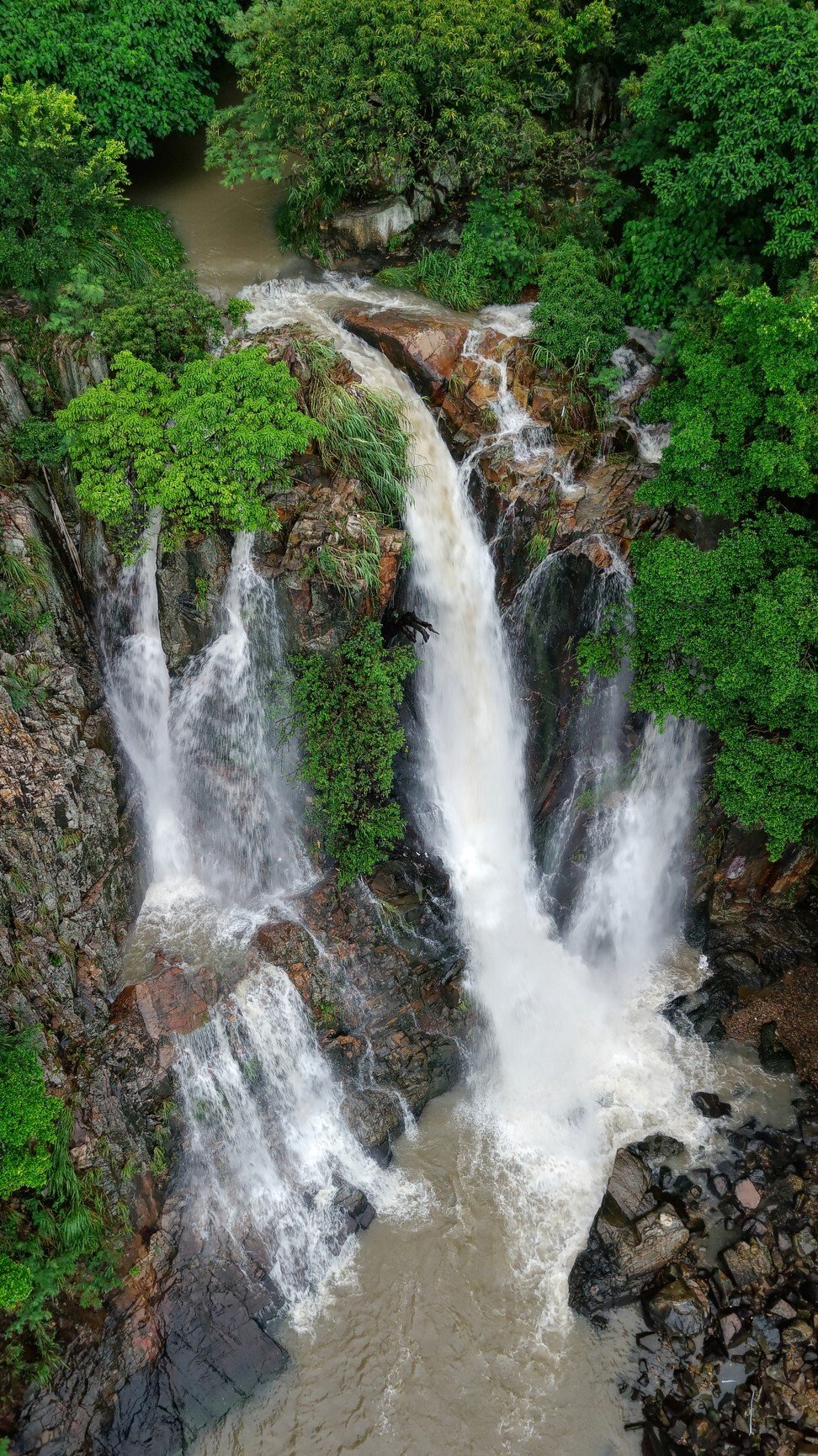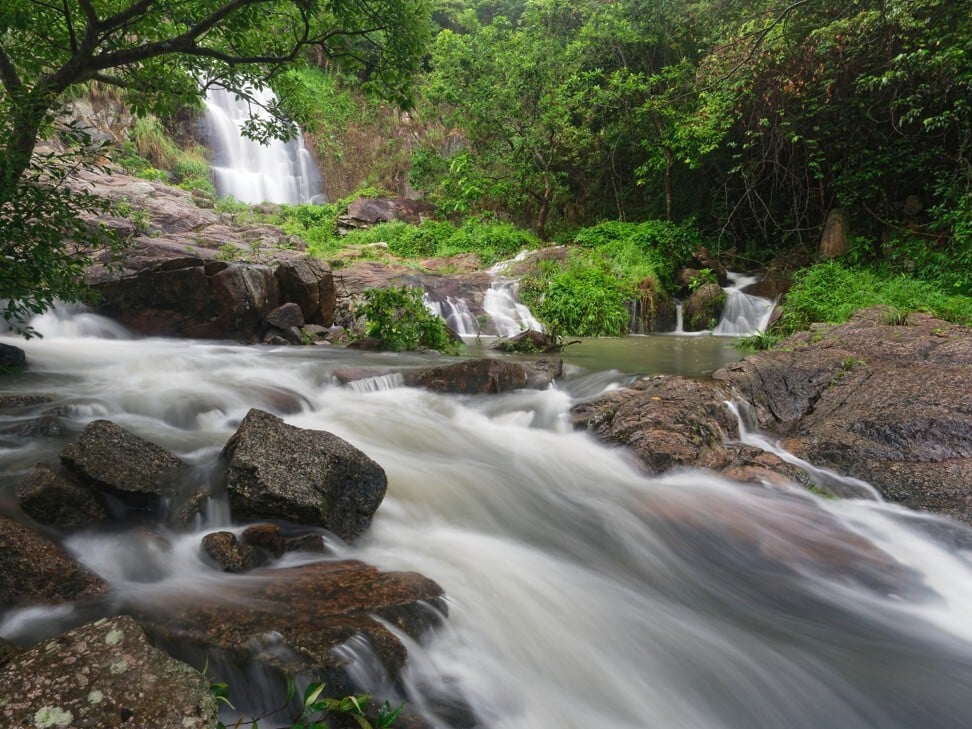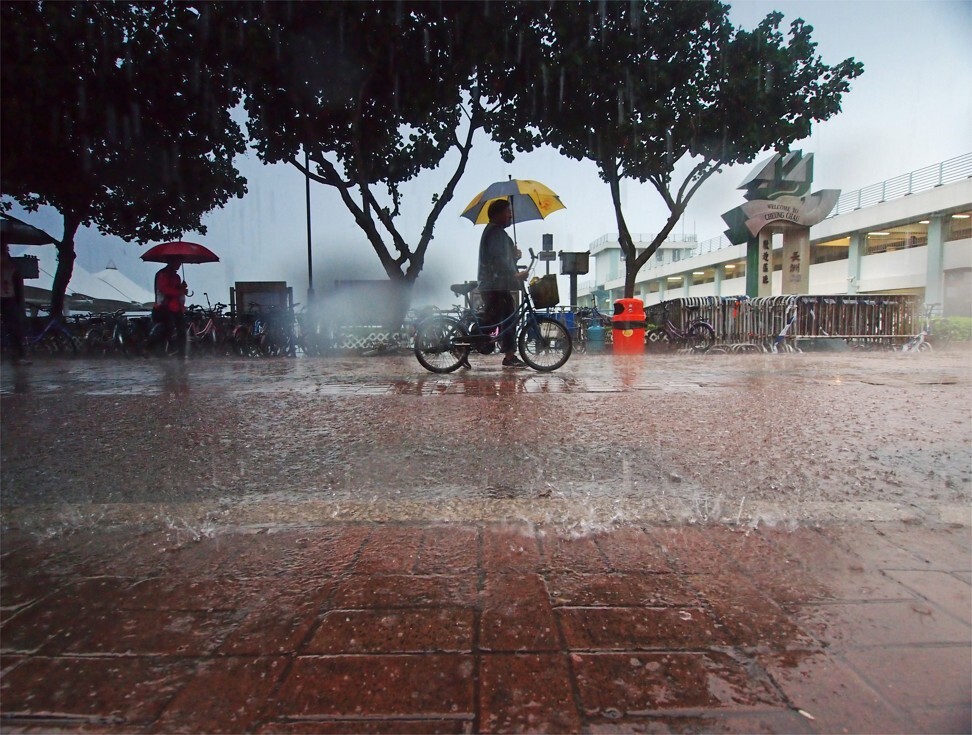
Some of the best waterfalls in Hong Kong are easy to reach, and after recent rain, now is a good time to visit them
- Waterfalls in Hong Kong naturally look their best after they’ve been replenished by rain. A couple are easily accessed from urban areas, such as Waterfall Bay
- Others, such as the cascades at Ng Tung Chai in a ravine on the slopes of the city’s highest peak, require a hike, but are well worth the effort
When dark clouds roll in, threatening to unleash downpours, it may seem like a bad time to plan a Hong Kong hike, but you could be missing an opportunity. Streams and waterfalls are at their most impressive when they’ve been replenished and water is tumbling down.
Even near your home there might be gullies with temporary, picturesque cascades – but for more splendid sights, you must head further afield.
Typically, the best Hong Kong waterfalls are reached only by rough trails that become slippery when wet, perhaps with risk of landslides, so are best avoided when further deluges are forecast.
One exception is Waterfall Bay, on the Pok Fu Lam coast.

Typically, most of the stream’s water is diverted to the nearby reservoir, making “ex-Waterfall Bay” a more appropriate name for it.
But after heavy rains, the stream and waterfall are reborn, though you might wish for easier access to the best viewing spots than by having to clamber around a metal fence.
East Lantau’s Silvermine Waterfall can also be reached by a concrete path, making it reachable even if a rainstorm warning is still in effect, and the falls are thundering and foaming.
The flow quickly subsides once the rain eases, but this remains an attractive waterfall, with the stream plunging over a cliff, then forming a short series of rapids before meandering to the sea.
On the west coast of Lantau, there’s a fine series of waterfalls at Yi O. But with the “infinity pool” now blocked off by an imposing fence, it’s hard to view any but the lowest of these falls – which is only just above sea level – from up close.

The most impressive waterfalls in Hong Kong
The most outstanding series of waterfalls you can hike to is in a ravine carved into the north slope of Tai Mo Shan, at Ng Tung Chai. Here steep ridges and dense forest keep most of the falls hidden from the outside world.
The route to the waterfalls starts at the hamlet of Ng Tung Chai and initially follows a concrete path that curves round a hillside and heads towards the ravine. The concrete path ends at the Mak Tak Yuen temple; from here, the trail is a combination of dirt track and rough stone steps. On hot summer days, it feels almost as if you have left Hong Kong for a steamy jungle trek.

A few minutes beyond the temple, there’s a junction from which a trail runs towards the summit of Tai Mo Shan. The waterfall, however, is straight ahead, along a relatively level section of path. Soon, steps head uphill, including a short but narrow set that arrives by a side trail, where a sign points the way towards the Bottom Fall.
The trail drops to the stream, just below where the Bottom Fall emerges from a narrow gorge and pours down a rock face. Beyond, there’s a second part of the fall – a column of white water dropping into a pool within the gorge.
The next Ng Tung Chai waterfall is close by, up steep steps. The Middle Fall is a pleasant enough waterfall – maybe good for taking a few selfies on boulders near its base – but perhaps warrants little more than a brief stop.

Onwards and upwards, the trail to the Main Fall consists mostly of sets of steps that zigzag their way up a precipitous slope. Trees restrict views, which is a blessing for anyone with vertigo, and can help you steady yourself.
The trail eases, runs alongside a stretch of stream with cascades tumbling between huge boulders, and passes ruined stone walls and several banana trees, evidence of past attempts at farming. Then, there’s more climbing as the path again zigs and zags.
At the Main Fall, the stream plunges for around 30 metres down a cliff face, forming the tallest waterfall in Hong Kong. But it’s not only the size that matters, as the setting is wonderful, with the fall at the back of a basin carved into the ravine.

With the rest of the world hidden from view by trees, this is a marvellous place in which to rest, perhaps enjoy a picnic, as well as pose – for the spot has been discovered by Instagramers.
From here, you might clamber up another rocky stretch of path to find the Scattered Fall, a modest veil of water that fans out across a slope.
It’s also possible to carry on and hike past the summit of Tai Mo Shan before walking down to Route Twisk. However, the shortest way to leave is by retracing your steps.

Getting to Ng Tung Chai
Minibus 25K runs from Tai Po Market Station (the latter also runs from Kam Sheung Road Station) to near a junction on Lam Kam Road (there are few distinguishing landmarks, so it may be best to ask the driver to tell you when you’ve arrived), from where it’s a walk up the narrow road to Ng Tung Chai hamlet.

